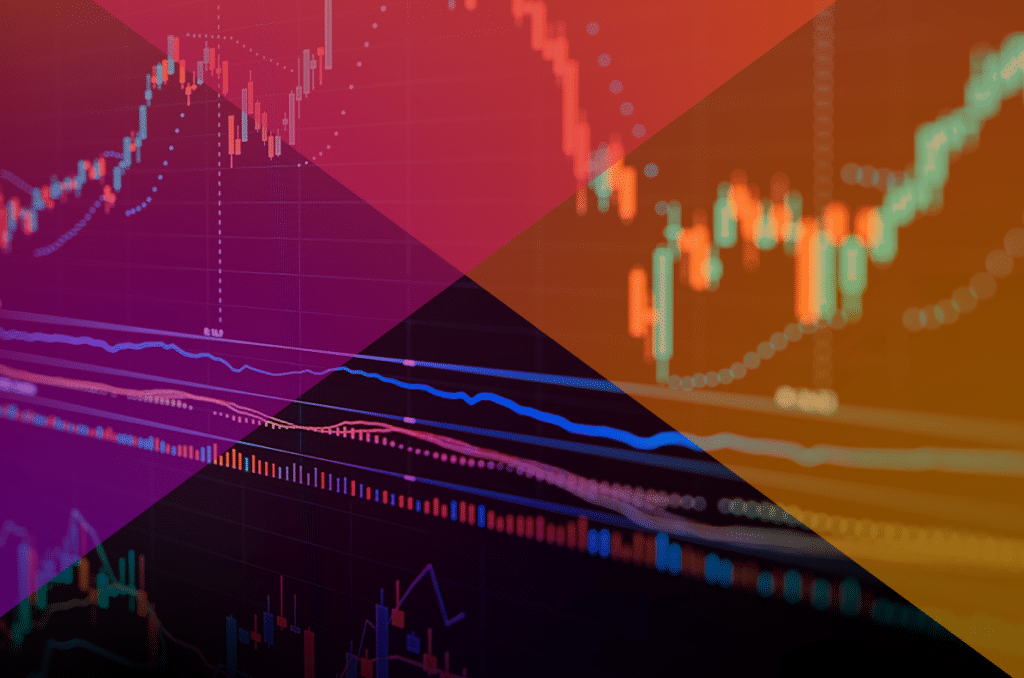

Derivatives exchanges reported record volumes in 2022 due to increased volatility, rising interest rates and geopolitical shocks such as the invasion of Ukraine. For example, 2022 was the best year in CME Group’s history as average daily volume increased 19% year-on-year to a record 23.3 million contracts. In addition, Cboe Global Markets reported record net revenue in 2022 which the exchange group said was driven by its derivatives complex.
At the same time financial firms remain under pressure to do more with less and are increasingly moving to a more multi-asset trading approach. This is highlighting a need for continued innovation to help the buy side achieve better fills amidst these increased volumes and ranges.
Daniel Noorian, Head of Listed Derivatives Sales at Liquidnet, said: “People did not expect the explosion in volume that we have seen in the last two years. Increased volumes put not only execution desks under pressure but also lead to strains within operations as the firms clear increased derivatives volumes.”
Exchanges have also been launching new contracts, including derivatives on risk-free rates, such as SOFR to help the industry transition away from Libor, environmental or cryptocurrency contracts. Additionally, in order to attract retail investors, exchanges have introduced micro contracts, which are much smaller than standard-sized contracts. This also contributed to rising volumes.
“Exchanges are definitely innovating but the problem for futures commission merchants (FCMs) is trying to keep up with what they are doing and deciding what will be relevant for their customers” added Noorian.
In the last five to 10 years, banks have needed to invest heavily to meet a host of new regulations. For example in Europe, the implementation of MiFID II required FCMs to rework elements of their execution platforms and internal clearing systems to ensure they were able to satisfy their regulatory requirements.
Noorian said: “I think that is one of the reasons why recent innovation in the listed derivatives execution space has been slower than in other markets.”
Futures markets were some of the first to embrace innovation as they became one of the first to embrace electronic trading according to Noorian. For example, the trading floor of the London International Financial Futures and Options Exchange (LIFFE) closed in 1999 as execution increasingly took place on screens. The financial industry then focused on other more profitable areas as players invested in electronifying other asset classes including equities and, increasingly, fixed income.
Noorian acknowledged there has been some development in futures execution tools but most of this had been limited to banks and vendors building more intelligent algorithms that have improved significantly over the last five years.
“However, these algorithms in their own right haven’t really helped the buy side in deciding how to execute on a specific day in specific market conditions,” Noorian added. “If the buy side were provided with a broader tool- kit, it would be easier for desks to manage more varied flows in markets that are seeing increased volatility in liquidity states. Pre-trade intelligence would also help them satisfy the increased regulatory scrutiny around best execution – where, for example, similar orders were executed differently on different occasions.”
One solution to help the buy side formulate execution strategies, according to Liquidnet, is to provide real-time assessments of market conditions ahead of trading, in an easily accessible format. Noorian explained that independent metrics can help the buy side make more informed decisions about how, or if, to execute an order.
“The metrics could include derived data that carries useful indicators of market conditions,” Noorian added.” The information should be clear, concise and easily consumable, which would resemble what Liquidnet has been doing in cash equities.”
In 2022 Liquidnet integrated the firm’s proprietary trading analytics into its equities trading application. Liquidnet Investment Analytics provides equities traders with more access to personalised pre-trade and intra-trade analytics through real-time alerts and visualisations without having to leave the Liquidnet equities application.
The integration allowed Liquidnet to address the challenge of using data to help make high touch-flow more efficient. In equities the buy side has automated the majority of trades that are easy to execute in order to allow high-touch traders to add value by focusing on the more difficult, or larger, trades and Noorian said the same trend can be seen in listed derivatives. There has been a big increase in the use of algo wheels for listed derivatives trades under a certain value while the pandemic also highlighted the importance of high touch in difficult market conditions.
Noorian added: “Liquidnet has a long history of developing novel execution tools in conjunction with its members. There is an opportunity to bring this experience to listed derivatives.”








